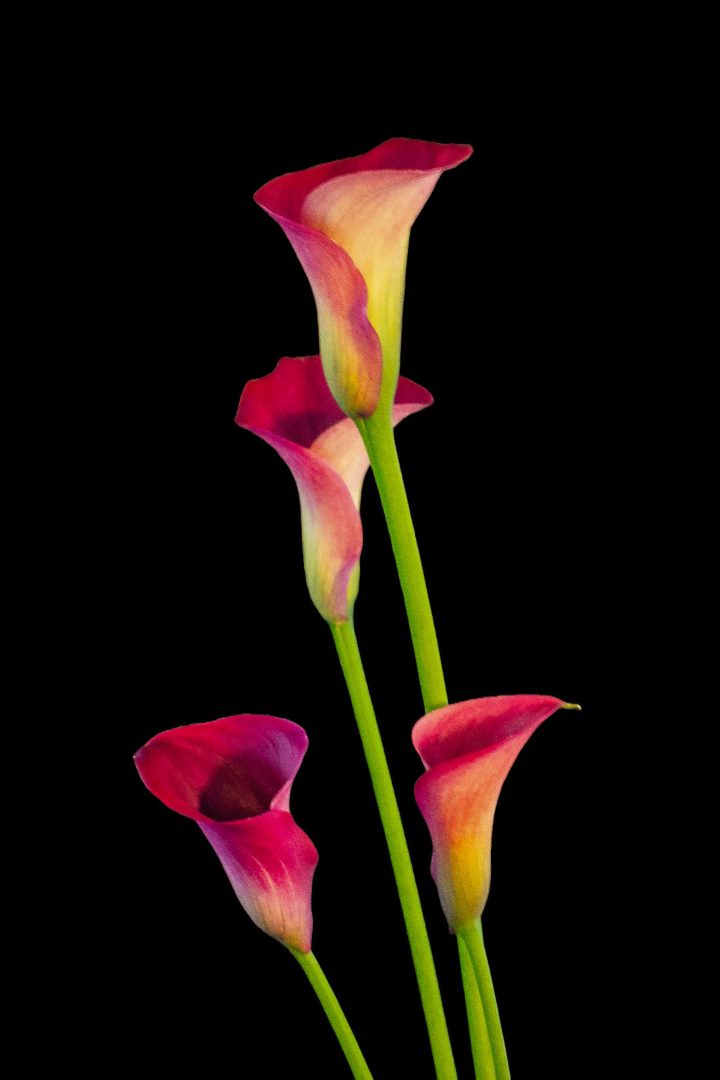Your cart is currently empty!
Arum Lily Yellow: A Comprehensive Guide to the Vibrant Golden Blooms

Introduction
The arum lily yellow, a striking member of the Araceae family, captivates with its vibrant golden blooms and unique structure. Unlike true lilies, arum lilies belong to the genus Zantedeschia and are native to South Africa. Their captivating beauty has made them popular ornamental plants worldwide, gracing gardens, homes, and special events with their sunny hue.
Characteristics
Flower Structure
- Spathe: The most distinctive feature of an arum lily is its large, funnel-shaped spathe, which resembles a petal. This brightly colored structure surrounds the flower’s reproductive organs.
- Spadix: Nestled within the spathe is a slender spadix, a fleshy stalk bearing tiny flowers. In the yellow arum lily, the spadix is usually cream or yellow.
Foliage
Arum lilies possess broad, arrow-shaped leaves that can grow up to 18 inches long. The leaves are deep green and have a glossy sheen, forming a lush, eye-catching base for the golden blooms.
Height
Yellow arum lilies can reach heights of 2-4 feet, making them suitable for both container planting and garden beds. Their size adds drama and height to any space, creating a striking focal point.
Growth Requirements
Light
Arum lilies prefer bright, indirect light. They can tolerate partial shade but may produce fewer flowers under these conditions. Direct sunlight can scorch the leaves, so it’s essential to avoid placing them in full sun.
Temperature
These plants are native to subtropical regions and thrive in warm temperatures. Ideal temperatures for arum lilies range from 55°F to 80°F (13°C to 27°C). Protect them from frost and extreme heat.
Soil
Arum lilies require well-drained soil that is rich in organic matter. A mixture of potting soil, compost, and perlite is ideal. Ensure the pH level is between 6.0 and 6.5.
Watering
Water arum lilies regularly, especially during the growing season. Allow the top inch of soil to dry out between waterings. Avoid overwatering, as soggy soil can lead to root rot.
Care and Maintenance
Fertilizer
Fertilize arum lilies every 2-3 weeks during the growing season with a balanced liquid fertilizer. Use a fertilizer formulated for blooming plants to encourage abundant flowers.
Repotting
Repot arum lilies every 2-3 years, or when they become crowded in their containers. Choose a pot that is slightly larger than the current one and use fresh potting mix.
Deadheading
Deadheading spent blooms will encourage new growth and flowering. Cut the flower stem back to the base of the plant using sharp, clean shears.
Cultivars
Numerous cultivars of yellow arum lilies exist, each with its own unique characteristics. Here are a few popular varieties:
- ‘Golden Glow’: A vigorous cultivar known for its large, vibrant yellow spathes.
- ‘Sunray’: A compact variety with bright yellow blooms that bloom abundantly.
- ‘Yellow Pages’: A tall cultivar with long-lasting, intense yellow spathes.
Companion Planting
Yellow arum lilies pair well with other plants that bloom in complementary colors. Consider planting them with blue or purple flowers, such as irises, lavender, or salvias, to create a striking contrast. Greenery, such as ferns or hostas, can provide a lush backdrop.
Toxicity
Caution: All parts of the arum lily plant, including the leaves, flowers, and stems, are toxic to humans and pets if ingested. The sap can cause skin irritation in some individuals. Exercise caution when handling these plants and keep them away from children and animals.
Conclusion
Arum lily yellow is a captivating plant that adds a vibrant touch to any garden or home. Its unique flower structure, rich foliage, and sunny hue make it a standout among its botanical peers. With proper care and maintenance, these gorgeous blooms will provide months of beauty and enjoyment.








Leave a Reply